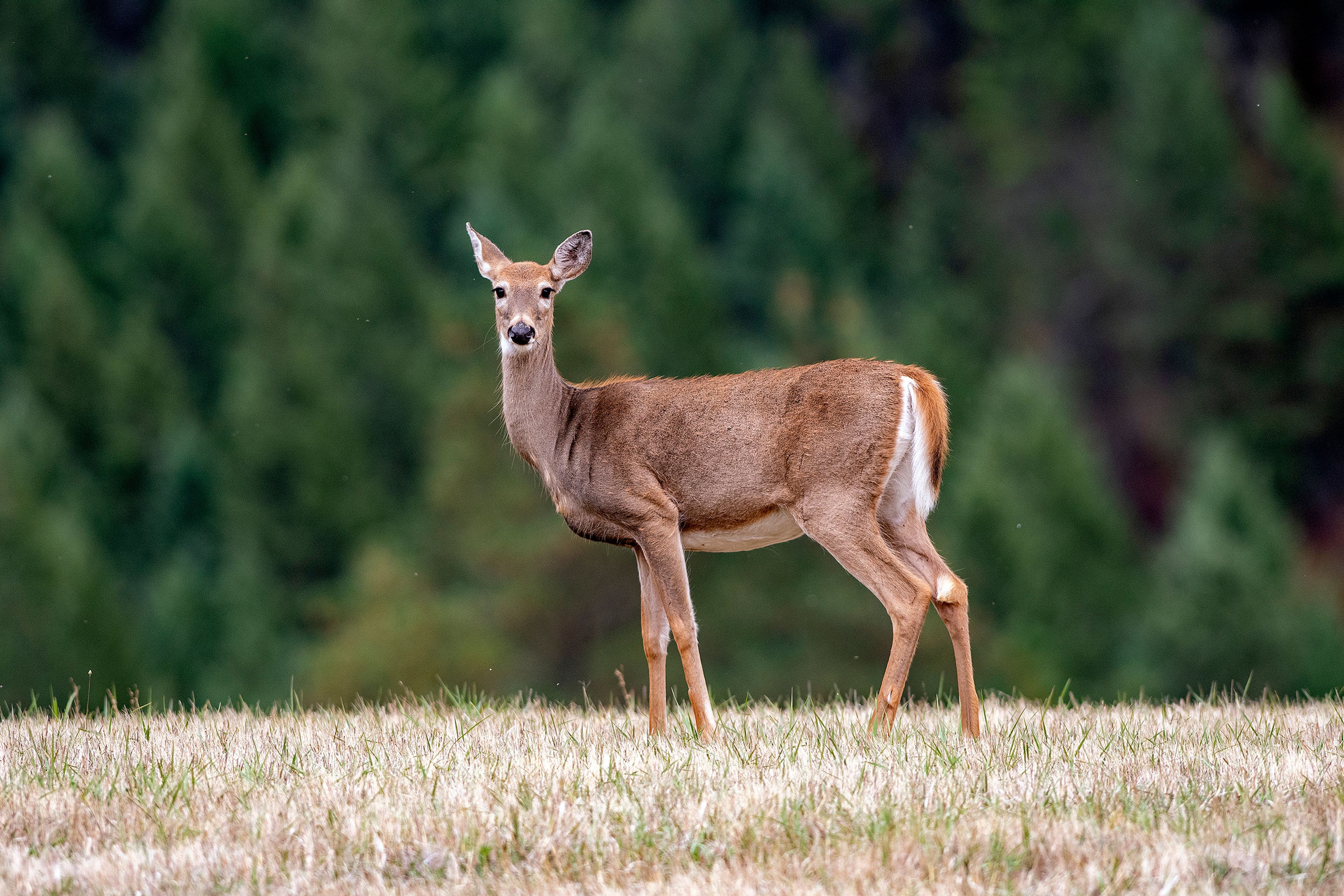Environmental groups want federal protection for Midwestern moose
DULUTH, Minn. - Two environmental groups recently filed a legal petition seeking federal Endangered Species Act protection for moose in Minnesota and other Midwest states.
Citing the dramatic decline in moose numbers in Minnesota - down 60 percent in less than 10 years - the Center for Biological Diversity and Honor the Earth said it was time for the feds to lend their help in the big animal's rescue and recovery.
"If we don't protect them, moose could be lost forever from the north woods," said Collette Adkins of the Center for Biological Diversity. "Growing up in Minnesota, I loved seeing moose during family vacations up north. It's a tragedy that today kids like my own only know this symbol of the north woods as stuffed toys in tourist gift shops."
The petition includes moose in northern Minnesota, northeastern North Dakota, the Upper Peninsula of Michigan and Isle Royale, as well as a small population in Wisconsin.
The groups noted that the U.S. Fish and Wildlife Service must respond to the petition within 90 days, deciding whether the petition warrants further review.
Over the past 20 years, Minnesota saw its northwest population of moose plummet from about 4,000 animals to just a few dozen. And in Northeastern Minnesota, moose numbers have dropped from about 8,500 moose as recently as 2006 to about 3,500 today.
Scientists said a combination of factors spurred by warmer temperatures may be to blame, including parasites such as brainworm and winter ticks. Indeed, recent research by the Grand Portage Band of Lake Superior Chippewa found that 80 percent of adult moose mortality is related to parasites or other health issues - not predators.
By far the most frequent killer of adult moose, the band's research has found, is brainworm, a parasite carried by whitetail deer but harmless to deer. Some researchers have suggested that as deer have increased in number in the northern reaches of the state, more moose are dying.
Other research also has shown, however, that as moose numbers dwindle, wolves and bear are taking a larger share of the remaining moose, especially calves. As many as 70 percent of moose calves are killed in their first few weeks by predators.
Already at the southern edge of the global range, scientists have suggested that - considering current mortality rates - the moose's days in Minnesota may be numbered. Moose numbers are declining in other areas, too, such as Vermont and parts of Ontario.
The Minnesota Department of Natural Resources has made the moose decline a top priority and, along with university and tribal researchers, are working to pinpoint the causes of moose mortality. Minnesota canceled its longstanding moose hunt in 2013, while other groups are working to improve moose habitat.
"We don't think federal listing is warranted. It's just another layer (of regulation) without any real benefit in this case," said Lou Cornicelli, the DNR's wildlife research manager. "We're doing everything we can to find out what's causing this decline. Federal listing can't stop any of the moose mortality we're seeing now. There is no hunting season and we don't have plans for one."
But the petitioning groups said the state effort so far is not enough. They said protection under the federal Endangered Species Act would highlight the cost of failing to address emissions of climate-warming greenhouse gases, bring additional federal dollars for research on the plight of the moose and provide additional habitat protections that are needed "to help moose weather our warming world."
"The destruction of habitat by mining and logging industries, as well as over-harvesting, is destroying this relative" of the Ojibwe people, said Winona LaDuke, executive director of Honor the Earth. "Any listing should include a full coordination with tribal governments and First Nations, in keeping with the treaty agreements. Our culture is tied to the moozoog (moose) and we will work to protect them."
Earlier this year, Minnesota Gov. Mark Dayton halted all radio collaring of the animals in Minnesota, citing the number of moose killed after scientists handled them. Moose are listed as "species of special concern" in Michigan and Minnesota, but this status does not afford any protections to the animals or their habitat.








